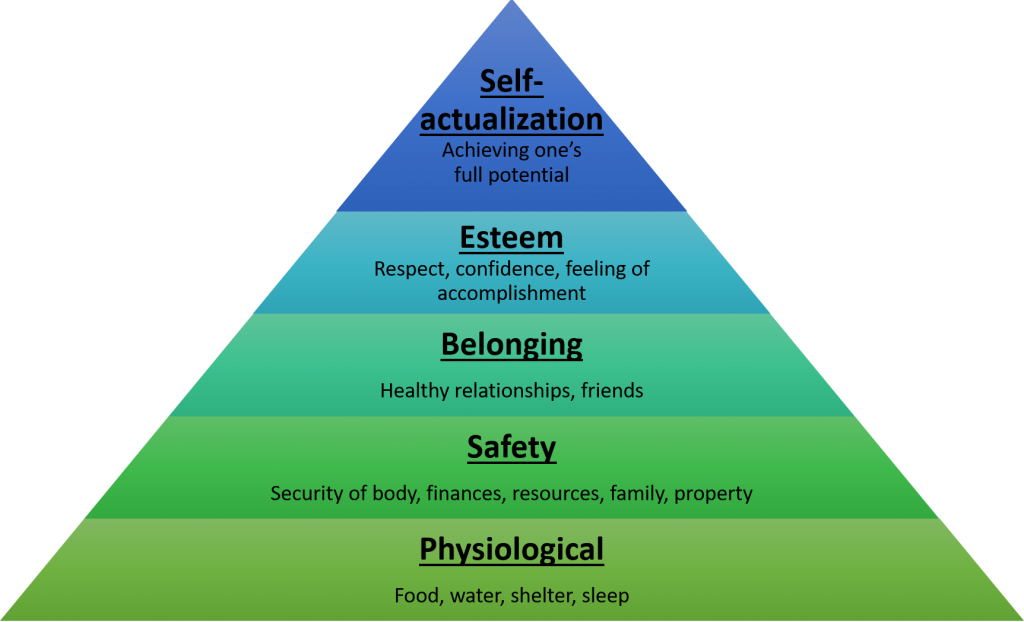The workplace wellness industry is booming. In the next five years, industry revenue is forecasted to grow almost 8% annually to reach well over $11 billion. This industry expansion is a product of employers attempting to contain healthcare costs among their employees, with programs and services including health risk assessments, nutrition and weight management, smoking cessation, and fitness services.
This robust growth is occurring despite a 2013 RAND study that found these programs do not significantly lower health costs for employers. Another 2013 study found, on average, that wellness programs end up shifting costs onto those who do not participate—concerningly, individuals and families who are more at-risk in terms of health costs and socioeconomic status. In spite of their good intentions, most wellness programs, it seems, are failing to live up to their hype.
To figure out where wellness programs go wrong, and how they can improve, we can turn to theory that explains why people pull certain products and solutions into their lives or in some instances do not.
Jobs Theory: what progress are people trying to make?
Jobs Theory is a tool for evaluating the circumstances that arise in persons’ lives. Customers rarely make buying decisions around what the “average” customer may do, but instead, often buy things because they find themselves with a problem they would like to solve. With an understanding of the job for which customers find themselves “hiring” a product or service, companies can more accurately develop and market products well-tailored to what customers are already trying to do.
But why aren’t individuals in poor health—who should presumably be seeking to improve their health—embracing the solutions offered by typical wellness programs? To make sense of this we must understand how people prioritize their needs, and the jobs related to those needs.
Maslow’s ‘Hierarchy of Needs’: prioritizing progress
Abraham Maslow proposed his Hierarchy of Needs as a “Theory of Human Motivation” in 1943. His pyramid (shown below) defines five levels of human needs. The pyramid characterizes how humans tend to prioritize the progress they’re trying to make in their lives. Maslow found that people seek to satisfy needs on a higher level only when the needs on the underlying levels and foundation have been adequately fulfilled.

Together, Jobs Theory and Maslow’s Hierarchy of Needs illustrate why the different offerings of wellness programs do not appeal to everyone. It may be the case that people who are forgoing the opportunity to take advantage of wellness programs have more pressing jobs to address.
Where wellness programs go wrong
Within a given organization are a spectrum of people with varying needs that are not being addressed. Currently, most wellness program offerings fulfill jobs stemming from needs located in the upper tiers of Maslow’s pyramid, ignoring jobs that stem from the underlying tiers such as ‘keep a consistent roof over the head of myself and family’ or ‘attain a dependable means of transportation’. By overlooking jobs related to these foundational needs, typical wellness offerings do not appeal to everyone—particularly those who would otherwise benefit the most, but may be struggling to address Safety and/or Physiological needs. Jobs related to the foundation of the pyramid must be addressed sufficiently before enrollees will be interested in addressing jobs that fall upon the higher end of the pyramid. In other words, people are not likely to address the job of ‘stay physically active enough to keep up with program goals’ when the jobs of ‘keep my family safe’ or ‘help me put food on the table each night’ are not being addressed adequately.
Designing wellness for everyone
Wellness programs need to assess whether they’re adequately addressing jobs related to social determinants of health—the structural determinants and conditions in which people are born, grow, live, work, and age. Social determinants of health, in most cases, encompass the foundational layers of Maslow’s pyramid. Only after addressing jobs related to these more pressing needs will an individual seek to make progress against new jobs that the likes of gym memberships and activity trackers are common solutions.
A thoughtfully designed program, then, must start by offering practical solutions to jobs in the lower tiers of the pyramid, and work upwards. Examples of jobs are categorized below, starting at the pyramid’s foundation:
- Physiological: Help me consistently afford food for myself and family.
- Safety: Help me prevent physical/financial/emotional harm to myself and family.
- Belonging: Help me to maintain healthy relationships with others.
- Esteem: Help me feel accomplished and self-confident.
- Self-actualization: Help me be the best version of myself.
We’ve seen some major players in healthcare begin to address foundational social determinants of health. Geisinger Health System’s Springboard Health program provides a fresh food pharmacy for members at-risk of food insecurity, and Kaiser Permanente’s Total Health Initiative includes a needs assessment before connecting at-risk members to existing community resources. Whether workplace wellness programs can integrate solutions to address social determinants of health remains to be seen, but until then, they will only appeal to those already in sound health and those less fortunate will foot the bill.
For more, see:
Seize the ACA: The innovator’s guide to the Affordable Care Act


